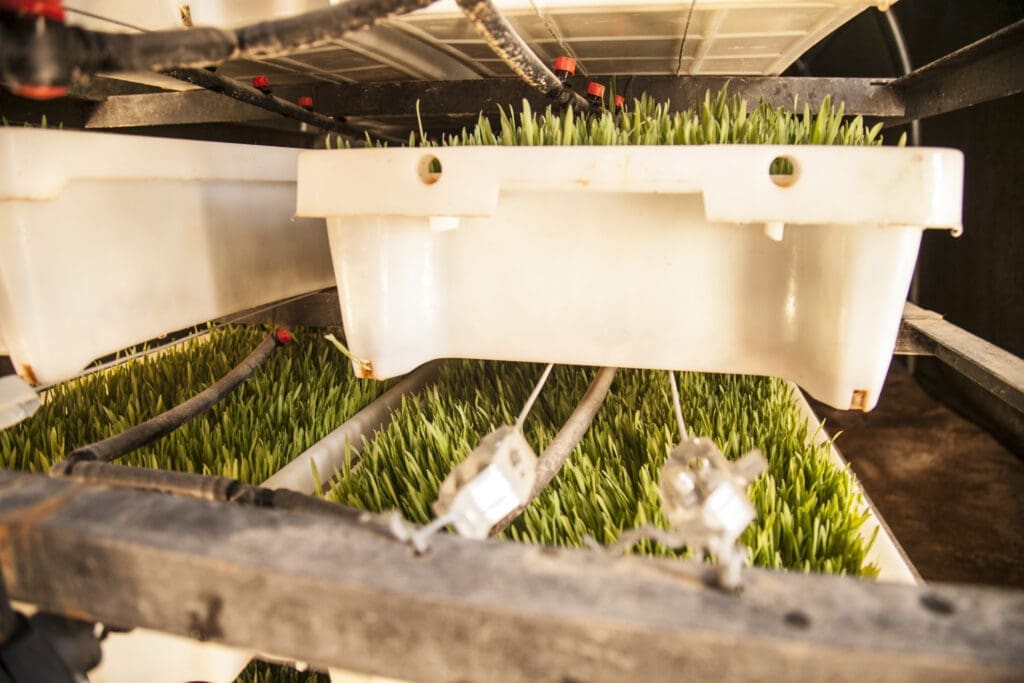
How Innovation Is Transforming The Way Refugees Grow Food
A changing climate. Raging wars. New challenges. In order to create a future of zero hunger, the World Food Programme must constantly adapt.
That’s why the world’s leading humanitarian agency solving hunger is working with the public and private sector to develop better tools and strategies to feed families in need through its Innovation Accelerator.
Launched in 2016 and based in Germany, WFP’s Innovation Accelerator identifies, supports and scales up solutions to address global hunger, including a virtual farmers market in Zambia and “food computers” in Jordan.
Now, in one of the most remote refugee camps in the world, WFP has introduced a smart new way to tackle food insecurity among refugees who lack access to land: Hydroponic agriculture.

Located in five camps near the town of Tindouf in western Algeria, Sahrawi refugees live in a harsh and isolated desert environment. With limited opportunities for self-reliance, refugees in the area depend on humanitarian assistance to survive. At the same time, one-quarter of the population suffers from chronic malnutrition.
Nina Schroder, project manager at WFP’s Innovation Accelerator, explains the vicious cycle of malnutrition in the Sahrawi refugee camps.
“Animals play very important role in their culture, but also for their diet. As they themselves are completely dependent on food aid, they very rarely have the means to actually feed their animals. So very often, [the animals] actually end up eating garbage, leading to very poor nutritional value of the meat and milk they produce.”

To ensure that animals can provide the necessary nutrition for people living in camps, WFP is reinforcing its food assistance activities with hydroponic growing in Algeria. This low-tech, small-scale project builds on existing expertise to improve food security and contribute to resilience in the camps.
In only seven days, fresh green barley fodder can be produced from seeds using minimal quantities of water and no fertilizer, with a daily harvest of up to 130 pounds per day per unit. One unit can feed up to 20 animals, supporting approximately seven families.

The units are run by a groups of Sahrawi refugees, while receiving technical and business training. Different from the traditional way of distributing food basket to the refugee, this approach is highly innovative and offers refugees the chance to sustain themselves and become progressively less reliant on international aid.
New innovations like these have the potential to transform the lives of vulnerable populations across the world and address the roots of hunger, strengthening food systems, speeding up humanitarian response times, harnessing local knowledge and making funds stretch even further.




